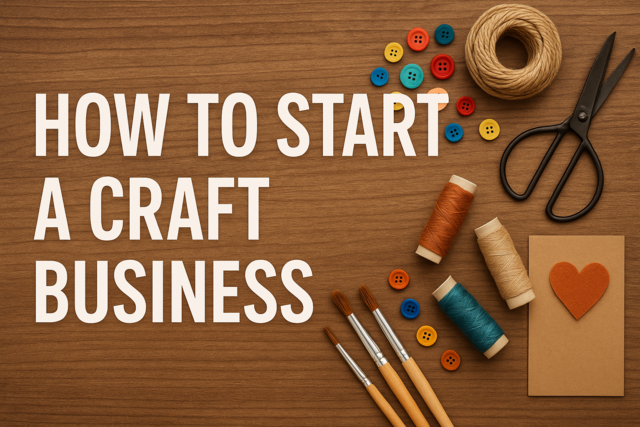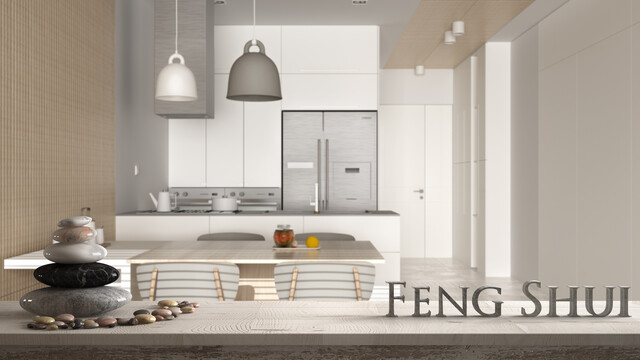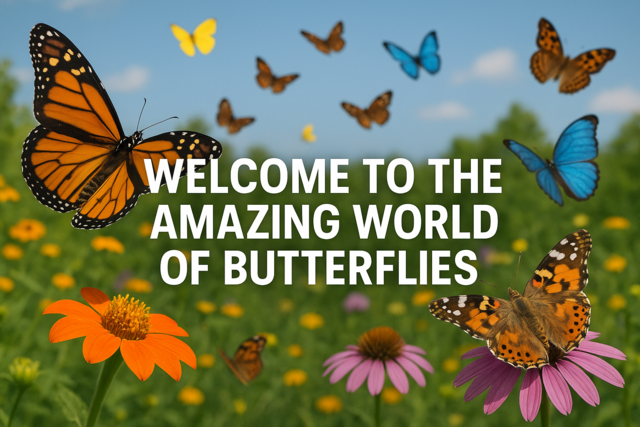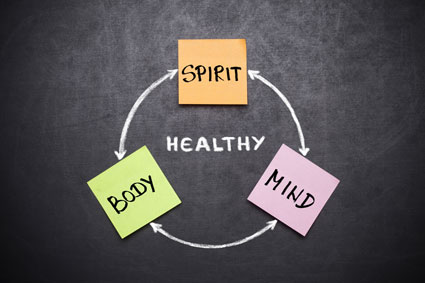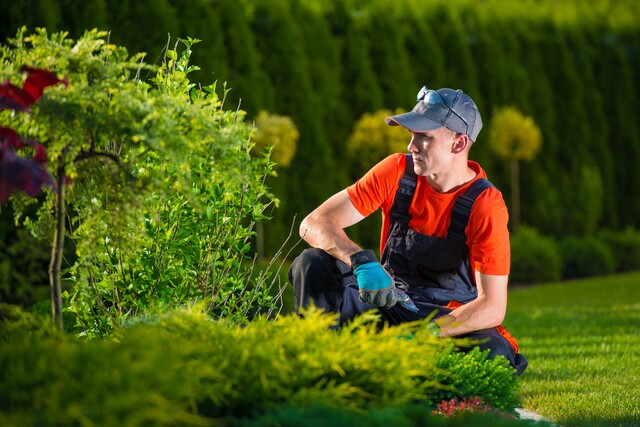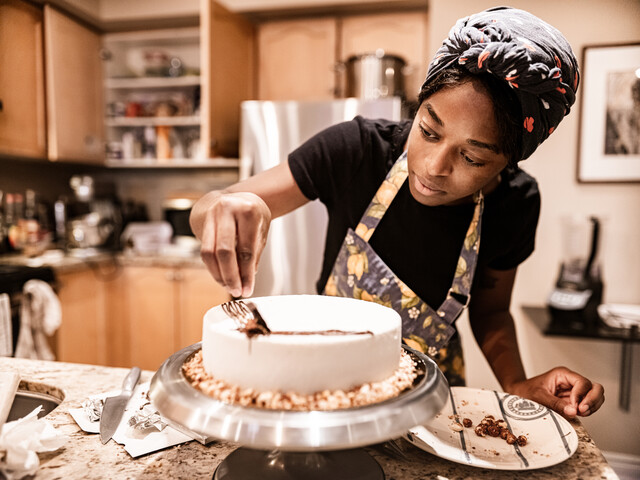Annual and Perennial
Herbs are just like other plants. Some require planting every year for the growing season; basil is one such herb. The first frost in the fall will turn your basil black, and it will need to be restarted next spring. Most other herbs are perennials, so it is a good idea to get the best you can if choosing plants. Lavender, thyme, sage, and mint are excellent examples of perennial herbs. Rosemary is considered a tender perennial, meaning that it will last through the winter in mild climates. In colder areas, rosemary needs to be planted every spring.
� Basil is an easy to grow annual herb that can be started either from seed or transplants. The plants will grow to about 12�18 inches tall. These plants will grow until late summer when it will attempt to go to seed. Picking leaves throughout the season will allow the harvest to continue throughout the entire summer.
� Chives should be planted in early spring and grow up to about 30 inches high. Use kitchen scissors to cut small amounts of the plant as needed. Do not cut more than one quarter of the plant at any one time.
� Garlic is easy to grow from bulbs that you purchase at the grocery store. This is a crop that needs to be planted in the fall and allowed to over-winter. It will begin to grow in the spring and as soon as the tops are brown and falling over, the bulbs are ready to harvest.
� Lavender is an herb that grows very well in warm, dry areas. This plant is a great perennial in most climates, but in the northern most part of the country needs to be sure to grow these plants on the south side of the house so they get adequate sunshine. As soon as the plant flowers, clip the stalks to fairly even lengths of 12�18 inches. Wrap the bunches with rubber bands and allow to hang upside down to dry will result in lavender bunches that will be especially fragrant in your linen closet.
� Mint is an easy herb to grow, but will quickly take over an area. Mint should be planted in a container to keep it from choking out the rest of your herb garden. They love cool and moist soil. By cutting a 3�4 inch clipping of peppermint and pouring boiling water over it you have instant peppermint tea. There are many varieties of mint, including pineapple mint and chocolate mint.
� Parsley comes in two forms, the flat leafed Italian parsley that is the most flavorful and the curly parsley with its bright green foliage. It is a beautiful addition to any herb garden.
� Rosemary grows well in any garden. In warm areas this plant will grow into large shrubs that will make the bees very happy. In cooler climates, rosemary will need to be replanted every year.
� Sage is a perennial that survives well in nearly every climate. Sage grows to a large size, about 24�36 inches, so be sure to give that tiny transplant plenty of room to grow. It is a terrific addition to turkey dressing and winter squash dishes.
� Thyme is a great herb as well as a lovely groundcover that grows well between flagstones and brick pathways. There are many types of thyme that work well in all types of cooking. By placing it by a pathway, anyone walking on bits of the plant will release the fragrant oils perfuming the air.
Herb gardens can be as formal or informal as you choose. Many gardeners who have successfully started a vegetable garden have found spaces in that garden to accommodate the herbs that will season the vegetables growing side by side with them.
The most important concept about an herb garden is to establish it as close to the house as possible so that it is very easy to slip quickly outside and clip bits of the herbs growing right outside the door to use for dinner.
A formal herb garden can be designed in very intricate patterns, typically with a geometric border of plants such as basil, rosemary, and lavender. Inside the borders are groupings of herbs either with similar colors, or contrasting colors. This is where a gardener can become a true artist.
Some herb gardens are successfully planted in pots on the patio where they are readily available and beautify the patio.
Kinds of Herb Gardens
|
Specialty gardens include, but are not limited to:
|
Butterfly Gardens. Hummingbird Gardens.
White or Moonlight Gardens. Secret Gardens.
|
The Butterfly Garden
The Butterfly Garden is one of the most popular gardens to establish because it makes the planning very easy. Instead of trying to figure out what plants and colors you like, you determine what butterflies you like and establish your garden based on their needs.
Butterfly gardens require a very shallow water feature, such as a ground level birdbath that is filled with rocks and sand and has about a quarter of an inch of water with the rocks breaking the surface scattered throughout. Butterflies cannot swim, but they do need water to drink. By creating such a water feature, the butterflies will be able to stand on the rocks and drink the readily accessible water. Butterflies will be attracted to your garden and likely to stay.
The second requirement for a butterfly garden is a variety plants that will allow the butterfly to drink an adequate amount of nectar, which are the juices of the flowering plants in your garden. One of the downfalls of our rapidly growing cities is that many native plants are no longer able to find places to grow, and the nectar sources for the native butterflies is quickly becoming very, very rare. By studying the butterflies in your area and determining their specific needs, you can provide a veritable feast for them by planting large groups of specific plants in your garden. Butterflies do need large groupings of flowering plants in order to be drawn to your garden.
The very best plants for ANY butterfly.
|
Like most plants, butterflies need sun. They do like to feed in shade, or filtered shade, but to recharge their batteries, butterflies require an adequate amount of sun. This is a happy circumstance, because most of the plants that nourish the butterfly require full sun.
Hummingbird Gardens:
A garden designed for hummingbirds is not so very different from a butterfly garden. One difference is that hummingbirds are very attracted to the color red, and they really like trumpet-shaped flowers. Plants that really attract hummingbirds are:
|
For both the butterfly garden and the hummingbird garden it is very important to note that you must NOT use any pesticides in your garden from any reason. Pesticides are poison to both butterflies and hummingbirds. This is a great reason to learn to do some organic gardening.
White Garden
This is an unusual garden, and at first it sounds pretty mundane. Until you realize just how beautiful a white garden is in the moonlight. By planting all manner of white flowering plants, and choosing foliage that runs the gamut of nearly black to silvery-grey, your garden becomes a thing of absolute stunning beauty on nights of a full moon.
During the daytime, the garden creates a true splash of dramatic contrast by planting a dark background hedge behind your white garden. The white Moonflower is a perfect fragrant plant for this garden as its wide five inch blooms open in the early evening and are only open for one night. This is a garden that requires a bit of planning but the spectacular results are well worth it.
Remember to keep in mind that you still need to consider sunlight, water, and climate requirements. Do not worry, this will soon become second nature to you.
Secret Garden
The idea of a Secret Garden was made famous by the book of the same name by Francis Hodgson Burnett. In the story there is a garden, long left to go wild, hidden away from everyone and nearly forgotten by all who live in the house.
To recreate a romantic secret hideaway can be a burning desire for many boys and girls who have become men and women and deal with the frenetic pace of today's society. Creating a secret garden gives you the option of an outdoor living space that is safely walled off from the rest of the world either by fabricated walls, brick, wood, or by creating plantings of trees and hedges that create a lovely isolated space. The garden does not have to be tremendously large, it can be as small and as intimate as you desire.
Ponds and Water Features
The creation of ponds and water features in today's garden is one of the hottest gardening trends in the nation. Having conquered the idea of the basic vegetable, flower, and herb garden, many gardeners have turned their attention to aquatic plants and animals.
Creating ponds in your garden is not for the faint of heart. This is a big job, and sometimes even warrants hiring a professional to assist you, especially if you have no electrical experience. Most ponds require pumps and filters that must be safely installed, grounded, and wired.
However, there are ways to start small. Most nurseries and home and garden centers have small electric fountains, or even some have solar powered fountains that can give you a water interest and sound in your garden that you will likely find very peaceful. Again, It would be best to start small. If you find that you like the sound of water in your garden, and would like to increase it, there are many books and resources available for you to start researching your options.




